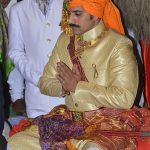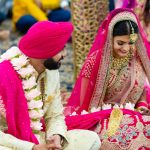Chettiar wedding rituals incorporate their community’s storied history into their wedding traditions and customs. If you wish to steep yourself in traditions that are older than many parts of the Indian subcontinent, attending a Chettiar wedding has to be on your list!
Is your love a true match for marriage? Check your Thirumana Porutham with our Online Calculator!
Background
The Chettiyars of Tamil Nadu have been a community renowned for their pride, fashion, culture, and heritage since 700 AD. The history of their culture is an homage to the success they’ve had as a business community. As such, many of their rituals are elaborate and expensive, to say the least.
A Chettiyar wedding is a complex event that can last for 6-days. The list of ceremonies is exhaustive and takes almost a week to finish.
Wedding ceremonies are usually held in the native villages of the families. To show their support for the groom or bride, the local temple priests provide the garlands for the wedding ceremony.
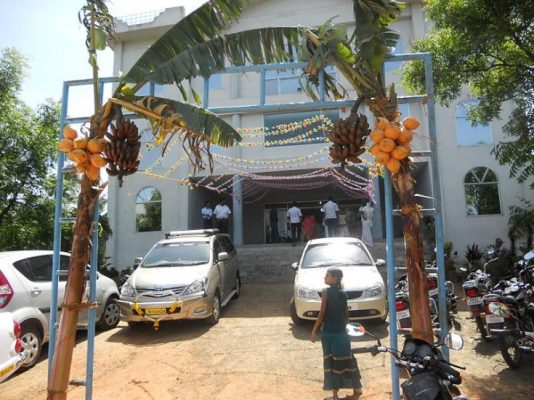
Pre-Wedding Rituals in Chettiar Weddings
Vaali Vaanguthal
The parents of the groom and other important elders of the family visit the bride’s family at a pre-determined location. In the olden days, it was only the families that met. But in modern times, the bride and groom are present during the meeting.
The bridal family carries a silver bucket filled with coconut, banana, beetle nuts, and beetle leaves to the gathering. If the family of the groom accepts the bride, they take the bucket as a token of acceptance.
Both sides of the family exchange beetle nuts and leaves. This exchange is a way to show that the match has been accepted by everyone involved in the decision.
The family astrologers then decide the date of the wedding by consulting their charts. Parents of both the bride and the groom are involved heavily in this decision-making process.
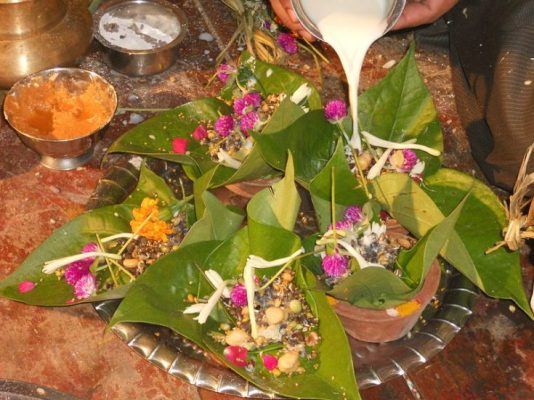
Veedu Padaippu
Many cultures all over the world worship their ancestors and deceased family members through rituals. The same is true for South Indian Tamil culture as well.
Veedu is a house and Padaippu means offering in English. Thus, the ritual is an offering from a single house to seek blessings for the newlyweds.
The ritual begins with the gathering of the Pangalis or the paternal family members of the bride and groom and a traditional dish called ‘Paniyaram’ is cooked.
According to tradition, the duty of cooking the Paniyaram falls on the grandmothers of the families. Once the prayers finish, the meal is offered to the entire gathering.
Afterward, a feast that would be enjoyed by the ancestors is prepared and served to the families.
Poo Vaithal
The English translation of ‘Poo Vaithal’ is placing the flower. The mother-in-law offers flowers to the bride as a symbol of her acceptance into the family. The girl can, however, also refuse flowers. This would mean that she is not keen on getting married and does not accept the proposal.
This ceremony is an example of a traditional ritual that emphasizes the bond between mother-in-law and bride. Essentially, the bride has to be accepted as a daughter into the new family.
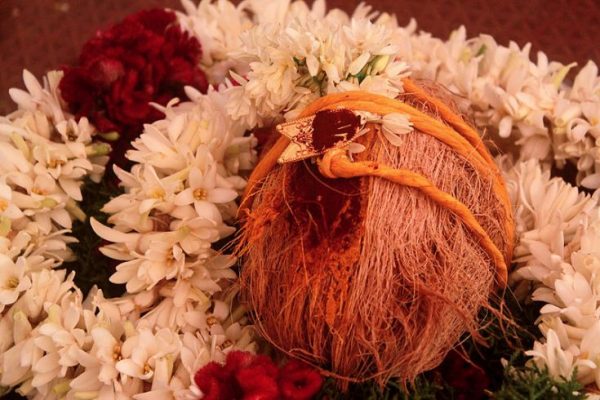
Chettiar Wedding Ceremony
Will your married life be perfect? Check jathaka porutham with our
Thirumana Porutham Calculator!
Chettiar weddings are highly ritualized. Every aspect of the occasion, the venue, and the function is planned according to tradition and custom. Astrologers from both families will consult and act as the main determiners of the date and time for the wedding.
Mappillai Azhaipu
The groom’s family arrives at the bride’s residence one day before the actual day of the wedding. However, they do not enter the house but wait at a community hall to be welcomed by the bride’s family.
Thirupootuthal
This is one of the most important ceremonies which happens on the wedding day. The maternal uncles are the ones required to conduct this ceremony.
Both maternal uncles, the groom, and the bride can be seen at the ceremony with special pink, silk towels wrapped around them. The groom sits on a small stool and the bride is led to him by her uncles.
The groom then ties the sacred thread called, Kaluthiru, on the bride. The thread is a symbol of marriage binding people together.
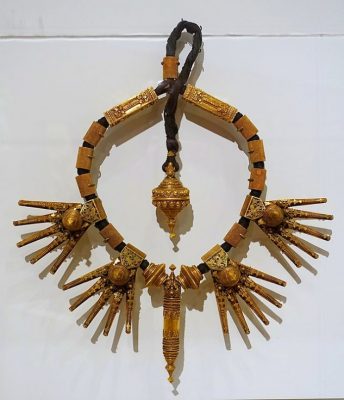
Vaevu Irakkuthal
In this custom, the bride’s family shares its wealth with the groom. Vegetables and food grains are usually given as gifts. The maternal uncles carry the gift to the wedding and hand it over to the groom’s family. The uncle’s on the groom’s side of the family then transport it to their family home.
Poo Manam Choridhal
This ceremony is for the elders of the family to give their blessings to the bride and groom. The couple is made to sit with folded legs. Then, the male elders of the family pick up flower petals from a bowl and place them on the legs of the couple. Some petals are placed on the shoulders, while the rest are thrown behind them.

How successful will your marriage be? Check your match with our
Thirumana Porutham Calculator!
Post-Wedding Ceremonies in Chettiar Weddings
Kattu Soaru Unnuthal
This tradition is related directly to the gift of wealth in the form of food and vegetables that the groom’s family receives.
The groom and his family travel for a day with the bride, bringing her to their home. The maternal uncles are responsible for carrying the gift during this time. The bride’s family also provides traditional packed meals with rice for the journey.
Pen Azhalppu
This is the homecoming ceremony for the bride. She is given a formal welcome into the groom’s home and accepted as a member of the family. The couple also makes a stop at the groom’s native temple before going home.
Once the bride has arrived, the family members all come together to play various games together. This is done to make the new bride comfortable in the house and allow her to form informal relations with her new family members.
The couple is also made to play games that revolve around deciding how their post-marriage life will move forward.






